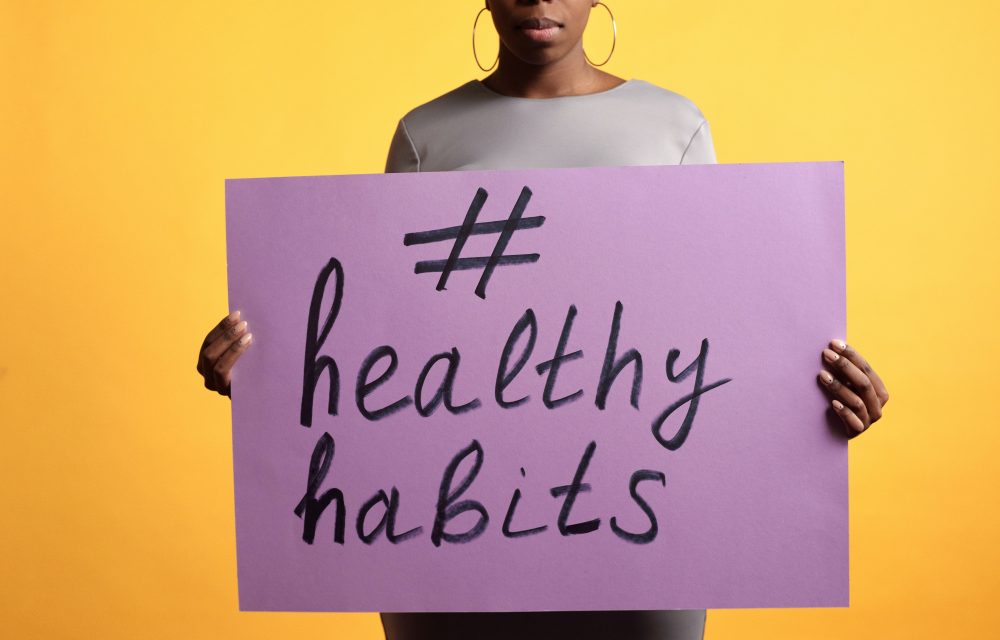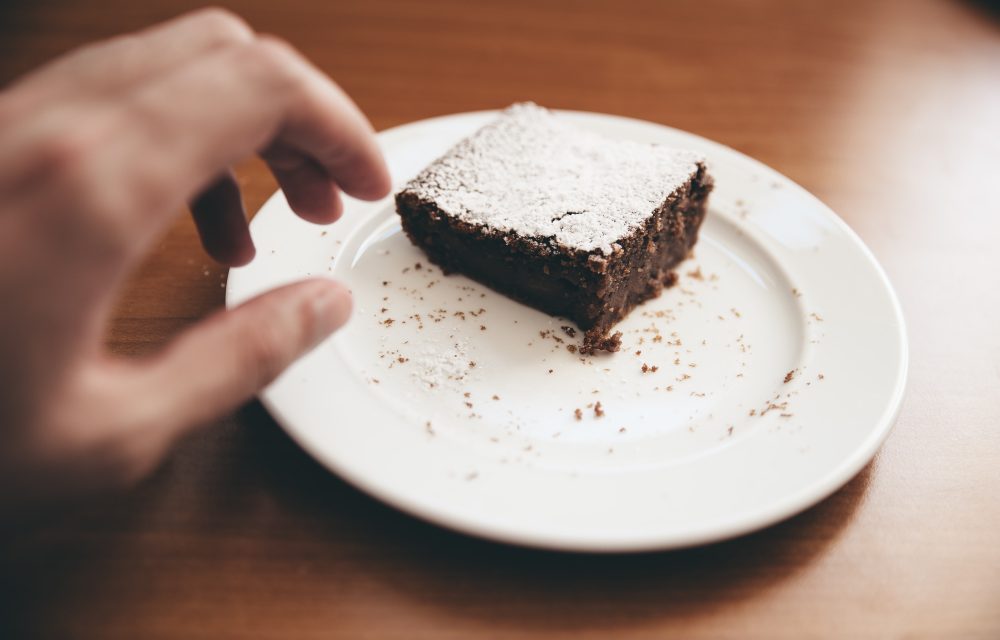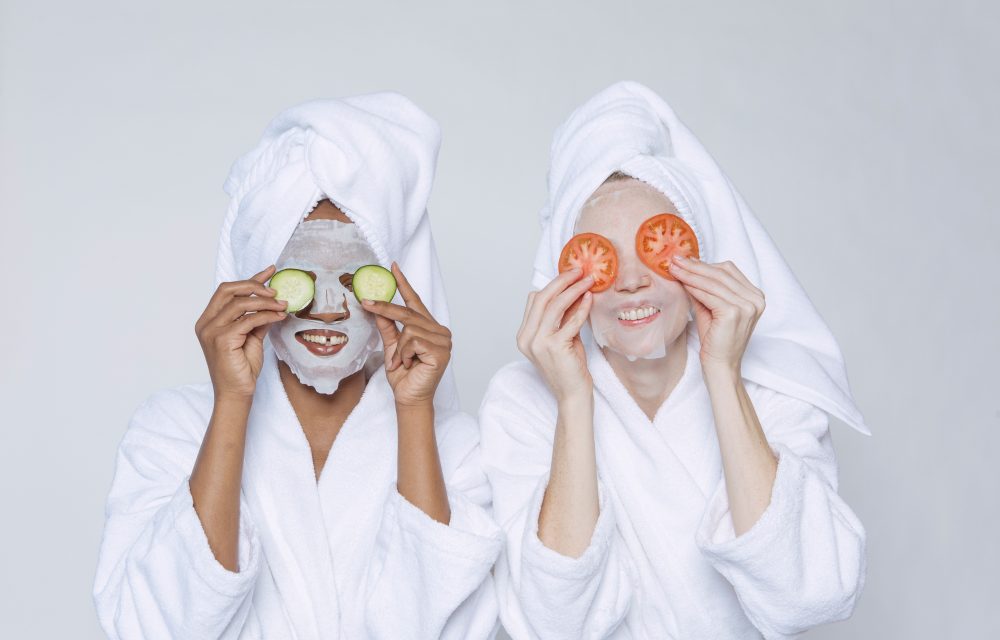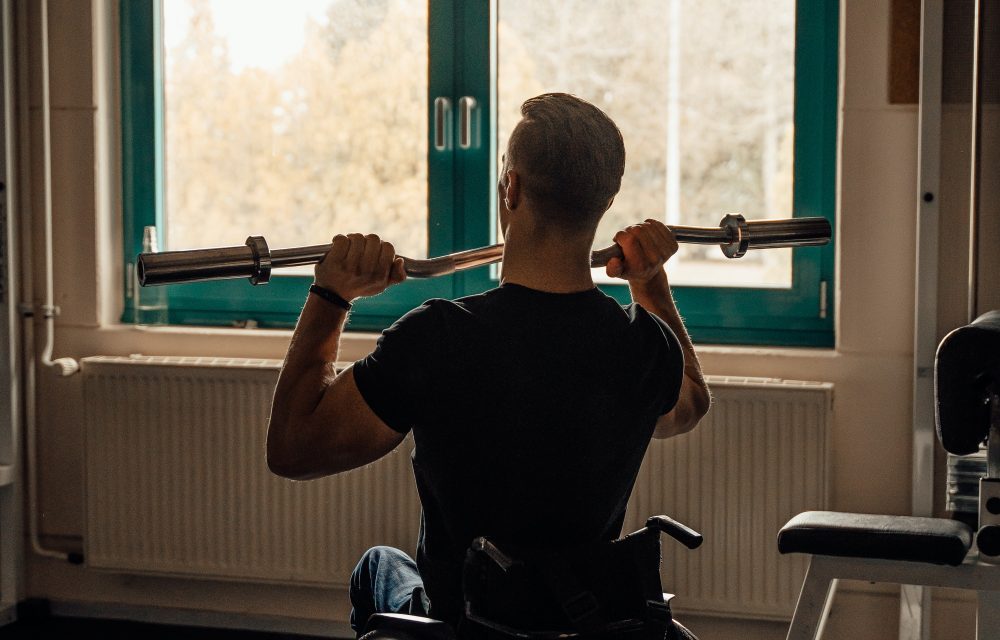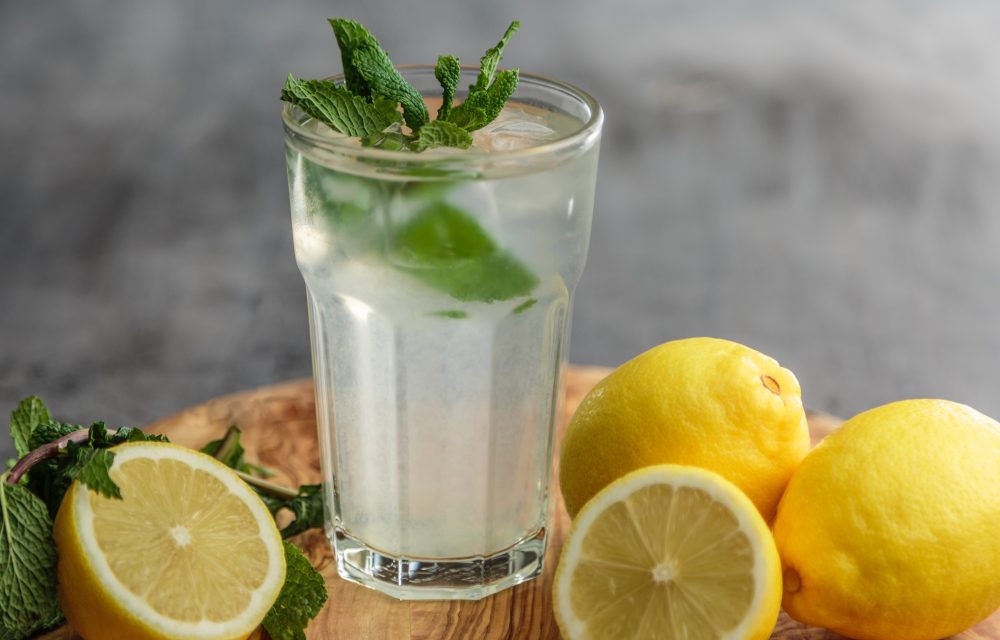Is There A Prime Workout Time?
Some people spend all their time procrastinating about fitness and never start a program. They worry about choosing the best diet as they continue to eat unhealthily. They worry about the best type of exercise and the prime workout time but never get off the couch. The truth is, there is no “prime workout time for everyone” or a perfect diet or workout program. Every person is different. Your prime workout time is when you’ll exercise most consistently.
Do you jump out of bed in the morning ready to face the day?
Maybe you’re the other type of person who hits the snooze alarm several times before reluctantly getting up. Exercising in the morning is perfect for the person who gets up early, filled with energy. It’s not for the night owl who isn’t fully awake until noon. Your best workout time is when you have the most energy. There are benefits to working out in the morning. You’ve spent hours fasting during sleep, so your body is more likely to burn fat for energy. That can help train it to burn stored fat.
You may need to warm your muscles.
Some people don’t function at their best until noon or later. They need time to get moving and warm their muscles. Others love working out after a long day at work. It helps them burn off the hormones of stress and leaves them feeling fantastic. The key is finding the time that you feel your best and can consistently work out. If your best time physically is later in the day, but you often have to work late, you won’t stick with it for long. Choose the best time for your body that works with your schedule.
Why are you exercising?
Are you training for an event, focusing on building big muscles, or just wanting to get into shape? Working out after lunch or later is your best time for building muscles. Your body’s temperature is lower when you sleep and increases as you move. Warmed muscles are vital for lifting. You’ll also need the fuel from meals to improve performance. People participating in endurance events, like marathons, also need their bodies fueled with adequate glycogen reserves. Exercising a few hours after a meal helps you do your best.
- Schedule your workout like it’s an appointment. Make that appointment at the same time every day to make it a habit. Attending a bootcamp helps and holds you accountable for keeping the appointment.
- If you workout at noon, make your pre- and post-workout snacks for your lunch. They need to be a combination of carbs and protein. An apple and peanut butter before and a turkey sandwich on whole wheat afterward is perfect.
- If you exercise after you work or earlier in the evening, make sure you can still sleep well. Some people find it energizes them too much and they have problems sleeping, while others find it relaxes them.
- The key to success is consistency. No matter what time of day you workout, be consistent. Even if you have a hectic schedule, take time out to exercise. You don’t have to do calisthenics or exercise vigorously, a brisk walk counts, too.
For more information, contact us today at Hawaii Fit Camp!


